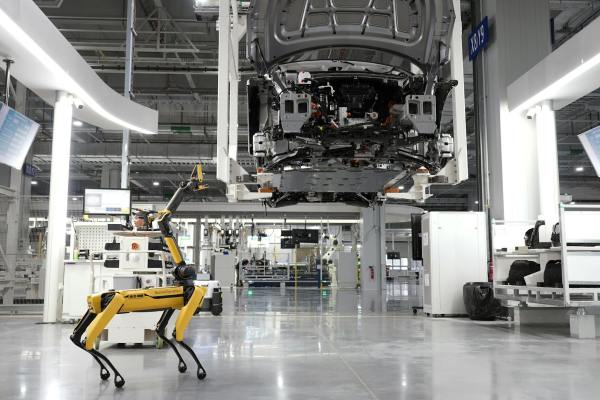Water management is one more of the issues in our daily lives that can benefit from the improvements brought about by the advancement and acceleration of digital transformation. NB-IoT can also help with this. Let’s see how.
But first of all, what is this technology?
What is NB-IoT
In a nutshell, NB-IoT (NarrowBand Internet of Things) is a wireless communication aimed at addressing the different connectivity needs of different Internet of Things (IoT) devices, an LPWA (Low Power Wide Area) technology that is based on LTE (Long Term Evolution).
This technology has a number of characteristics: low power consumption, low data transmission speed, greater data transmission range and reduced cost.
These features mean that we are dealing with connections with less interference and very good coverage.
Various fields such as agriculture, logistics, industry or smart cities can rely on this technology to improve their performance or services thanks to the different possible uses of NB-IoT.
Another area where NarrowBand IoT can help is in the more efficient management of water, a substance so valuable and relevant in today’s society that it even has a specific day, namely 22 March.
NB-IoT use case. Telefónica Tech’s solution for water management
Intelligent water management helps to improve the operation and maintenance of the integral cycle of this precious transparent liquid.
Based on IoT sensors, Telefónica Tech’s solution enables centralised management of the fundamental pillars of the integral cycle:
- The infrastructures for catchment.
- The plants responsible for both drinking water purification and treatment, as well as the networks for sanitation and distribution.
- Metering equipment for issues related to commercial operations, such as accounting, billing, customer relations and field work.
Benefits of using NB-IoT
The deployment of NB-Internet of Things technology brings a number of benefits to numerous issues related to the digital transformation of the water cycle.
Through the joint visualisation and centralised integration of the different managed farms, together with the reception and visualisation of alarm signals and the export of reports with parameters and trends, it helps in more efficient management.
These features enable a number of benefits such as extending the life of devices and assets, as well as minimising losses by detecting and reporting unnoticeable leaks.
In addition, the ability to know the exact consumption without estimations helps to achieve real billing, resulting in fewer complaints about metering errors and higher customer satisfaction.
NB-IoT success story
A success story of the use of NB-IoT technology in water management is that of Global Omnium, which has hundreds of thousands of telereading water meters.
Optimised management of all the meters makes it possible to detect leaks in the distribution networks, as well as having the capacity to know consumption in real time or to identify hypothetical faults in the meters at an early stage.
The deployment of the NB-IoT network, in addition to the aforementioned improvements, also serves to reduce CO2 emissions, specifically by 1,400 tonnes. This is achieved by no longer producing slightly more than five cubic hectometres of water per year in order to provide the same service.












